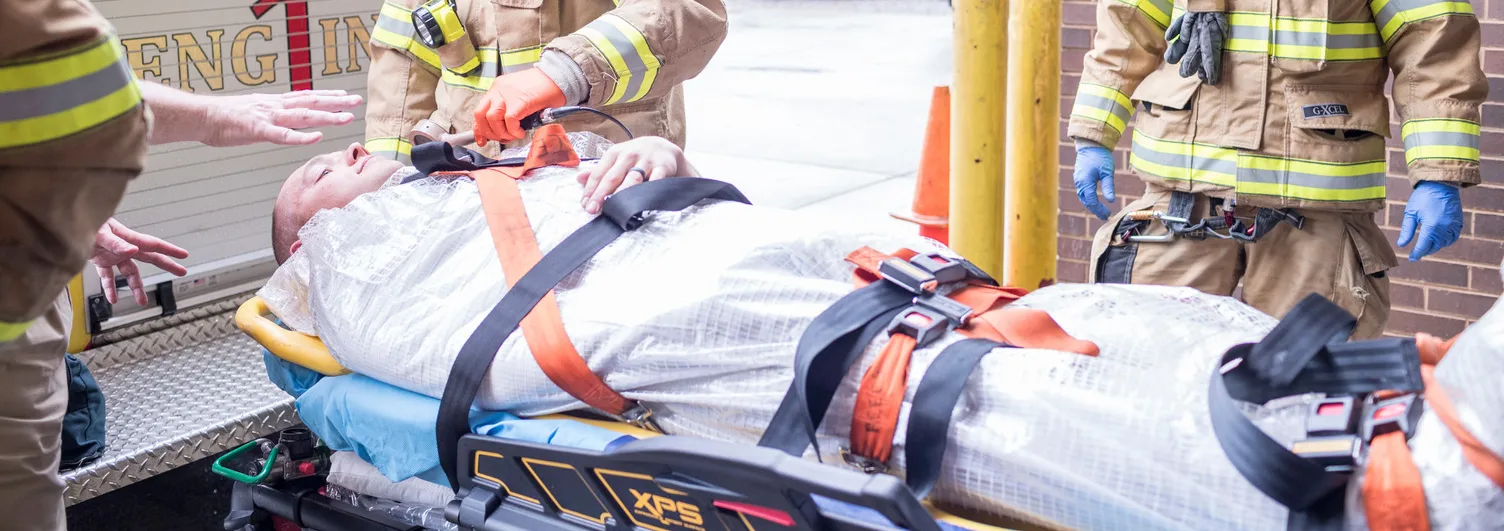
Guidance for Radiation Accident Management
How to Reduce Exposure to Radiation
Following safety guidelines for hospital personnel and first responders is critical to protect against radiation exposure when managing patients who have been involved in radiation incidents. Considerations involve time, distance, and shielding.
Time, distance, and shielding
Too much radiation exposure can be harmful. The degree of radiation injury depends on the amount of energy absorbed, the type of radiation, and the time involved. In general, the higher the energy absorbed, the greater the severity of early effects (occurring within a few weeks) and the greater the possibility of late effects such as cancer.
The amount of radiation dose a person receives can be limited through three principles: time, distance, and shielding.
Time
Dose rate is the rate at which the radiation is absorbed. Therefore, limiting the time of radiation exposure will reduce your radiation dose.
Distance
Like light and heat, ionizing radiation spreads out as you get farther from the source. Increasing the distance between you and the radiation source you will reduce exposure by the square of the distance. Doubling the distance between your body and the radiation source will divide the radiation exposure by a factor of four.
Shielding
Lead or lead equivalent shielding for X-rays and gamma rays is an effective way to reduce radiation exposure. There are various types of shielding used in the reduction of radiation exposure including lead aprons, mobile lead shields, lead glasses, and lead barriers.

